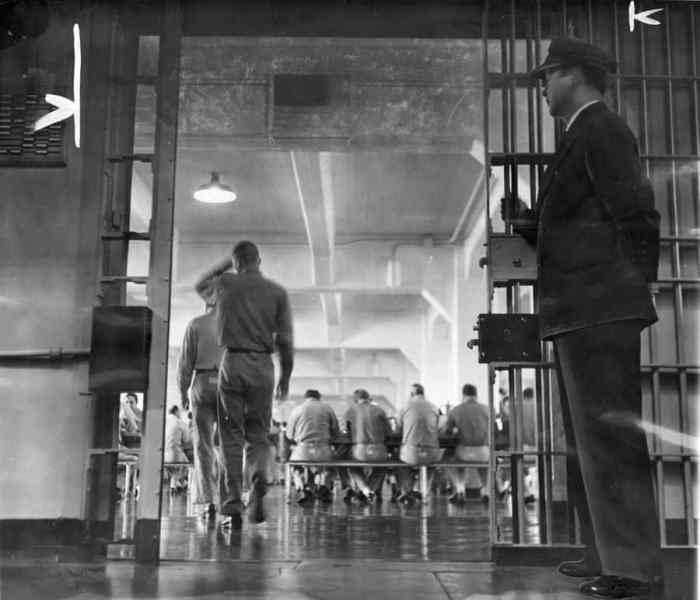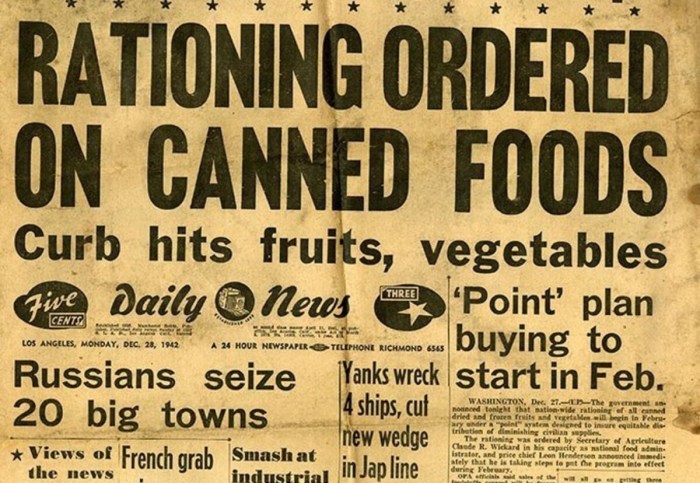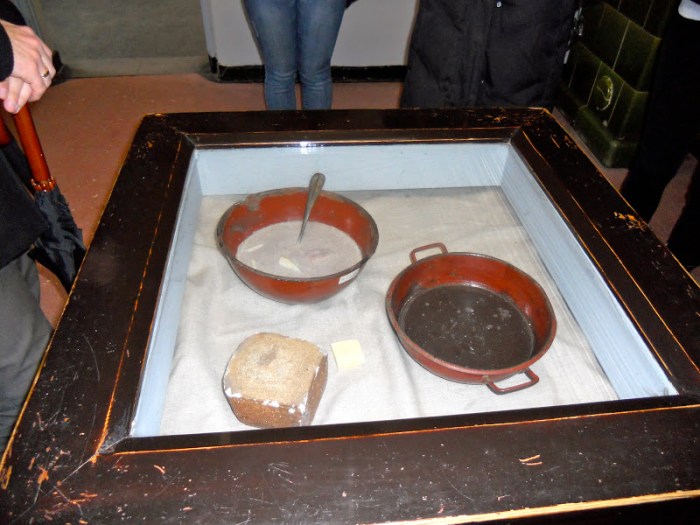What were the prisoners rations at each meal – What were the prisoners’ rations at each meal? This question delves into the intricate history of prison systems, nutritional adequacy, and the impact of rations on prisoner health and well-being. As we embark on this exploration, we will uncover the factors that shaped the allocation and composition of rations, analyze their nutritional value, and examine regional and temporal variations.
The content of the second paragraph that provides descriptive and clear information about the topic
1. Historical Context

The prison system and its accompanying system of prisoner rations have undergone significant evolution over time. In the early days of incarceration, prisoners were often provided with meager rations that were barely sufficient to sustain life. As the prison system became more organized and humane, the allocation and composition of rations became more standardized and designed to meet the nutritional needs of prisoners.
Factors that influenced the allocation and composition of rations included the availability of food resources, the cost of providing rations, and the prevailing theories about the role of nutrition in maintaining order and discipline within prisons.
2. Nutritional Value and Adequacy
The nutritional requirements of prisoners are similar to those of the general population. However, prisoners may have additional nutritional needs due to factors such as physical activity, stress, and limited access to fresh fruits and vegetables.
Rations are designed to meet the nutritional needs of prisoners by providing a balance of macronutrients (carbohydrates, protein, and fat) and micronutrients (vitamins and minerals). The adequacy of rations in providing essential nutrients and calories varies from prison to prison.
Some studies have found that prisoners may be at risk for malnutrition, while others have found that rations are generally adequate.
3. Meal Composition and Frequency
The composition of meals at prison facilities varies depending on the facility and the region. However, most prisons provide three meals per day, with breakfast typically consisting of cereal, oatmeal, or eggs; lunch typically consisting of a sandwich, soup, or salad; and dinner typically consisting of a main course, side dishes, and a dessert.
Portion sizes and ingredients also vary depending on the facility. Some prisons provide generous portions of food, while others provide more modest portions. The preparation methods also vary, with some prisons using pre-packaged meals and others preparing meals from scratch.
4. Regional and Temporal Variations
The rations provided at prison facilities vary across different regions and time periods. In some regions, prisoners are provided with more generous rations than in others. This may be due to factors such as local dietary customs, climate, and economic conditions.
Over time, the composition of rations has also changed. In the past, prisoners were often provided with more starchy foods, such as bread and potatoes. Today, rations are more likely to include fruits, vegetables, and lean protein.
5. Special Diets and Considerations

Prisons are required to provide special diets for prisoners with specific dietary needs, such as religious, medical, or ethical restrictions. These diets may include vegetarian or vegan diets, kosher or halal diets, and diets for prisoners with food allergies or intolerances.
Accommodating special diets within the overall ration system can be challenging, but prisons are required to make every effort to ensure that prisoners receive the nutrition they need.
6. Impact on Prisoner Health and Well-being: What Were The Prisoners Rations At Each Meal

The quality and quantity of prisoner rations can have a significant impact on the physical and mental health of inmates. Inadequate nutrition can lead to malnutrition, disease, and behavioral problems.
On the other hand, a well-balanced diet can help to improve prisoner health and well-being. Adequate nutrition can reduce the risk of malnutrition and disease, improve mood and behavior, and increase energy levels.
Helpful Answers
What were the typical ingredients used in prisoners’ rations?
Rations varied depending on the prison facility and time period, but common ingredients included bread, porridge, soup, beans, and vegetables.
How did the nutritional value of rations compare to the recommended daily intake for adults?
Rations often fell short of meeting recommended nutritional requirements, leading to deficiencies in essential nutrients and calories.
What factors influenced the allocation and composition of rations?
Factors such as local dietary customs, climate, economic conditions, and the availability of resources played a role in shaping rations.